With the continuous popularization of green building concepts and the advancement of photovoltaic technology, BIPV solar panels are increasingly used in building roofs, curtain walls and shading structures, becoming an important means to achieve building energy conservation and renewable energy utilization. Compared with traditional BAPV (building-attached photovoltaics), BIPV not only provides clean energy, but also can replace traditional building materials, taking into account aesthetics, functionality and environmental protection.
However, in actual applications, BIPV often faces a series of problems due to factors such as complex installation environment, differences in technical levels, and insufficient operation and maintenance management, which affect power generation efficiency, service life and even building safety. This article will systematically sort out the common problems of BIPV solar panels and propose targeted solutions for reference by developers, designers and users.
1. Common problems of BIPV solar panels
1.1 Low power generation efficiency
In the actual operation of the BIPV system, many users reported that the power generation was lower than expected. The main reasons for the low power generation efficiency include:
Insufficient lighting conditions: The installation location is blocked by surrounding buildings, trees, etc., the lighting time is short, and the irradiance is insufficient.
Unreasonable angle and direction: The installation inclination and orientation are not optimized, and the solar radiation is not fully utilized.
Severe high temperature attenuation: BIPV usually directly replaces roofs or curtain walls, heat is not easy to dissipate, the temperature of the components is high, and the efficiency is reduced.
Dust blocking: Long-term cleaning, dust, fallen leaves, bird droppings, etc. cover, affecting light transmission.
1.2 Water seepage and leakage problems
As part of the building envelope, BIPV must meet the building's waterproof requirements. However, during construction and long-term use, water seepage and leakage occur from time to time. The main reasons include:
Irregular construction of the waterproof layer or design defects;
The gaps between components are not sealed tightly;
The sealing material is aging, falling off or cracked.
1.3 Heat island effect and heat dissipation problems
Traditional roofs or curtain walls usually use insulation materials, while BIPV components themselves generate heat and block the natural ventilation path, which easily leads to an increase in roof and indoor temperature, forming a heat island effect.
1.4 Glass breakage and safety hazards
BIPV curtain walls and roofs are made of tempered glass, but they are subject to long-term wind, hail, thermal expansion and contraction, and external impact, which may cause glass breakage. Breakage not only affects the appearance, but may also cause water leakage and safety problems.
1.5 Electrical failure and safety risks
Due to the complex wiring of the BIPV system and exposure to outdoor environments, electrical problems are prone to occur, such as:
Loose or falling wiring;
Aging and damage of the insulation layer;
Potential difference between components causes arcing.
These problems may even cause fire or electric shock when they are serious.
1.6 Difficult maintenance
BIPV components are often installed at high places or on curtain walls, which are difficult to clean and repair, resulting in serious dust accumulation and difficulty in timely detection and elimination of faults.
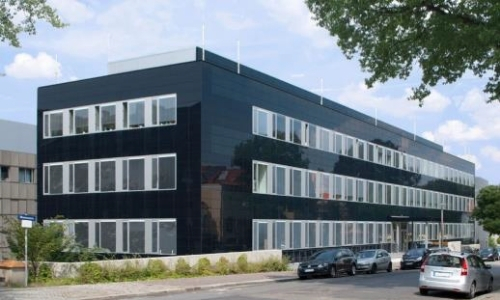
2. BIPV solar module solutions
For the above problems, effective measures can be taken from various stages such as design, construction, operation and maintenance to reduce risks and improve system performance.
2.1 Measures to improve power generation efficiency
Scientific site selection and reasonable design
Fully consider surrounding obstructions and choose unobstructed and well-lit roofs or facades;
Optimize the inclination and orientation of the components (southward in the northern hemisphere, with an inclination close to the local latitude);
Use high-conversion efficiency and high-temperature resistant component materials (such as PERC and TOPCon technology) as much as possible.
Enhance heat dissipation
Add ventilation layers during design, such as setting up ventilation ducts and ventilation shutters to promote air circulation and heat dissipation;
Use back ventilation structures (similar to curtain wall ventilation slots) to reduce component temperature.
Regular cleaning and maintenance
Develop a regular cleaning plan, cooperate with automatic spraying or manual cleaning to avoid dust and debris coverage.
2.2 Prevent water seepage and leakage
Optimize structural design
Ensure that the BIPV system is well combined with the building waterproof system, and use waterproof air barrier layers and drainage channels;
Design reasonable overlaps and drip edges to prevent rainwater from seeping in.
Strictly control the construction process
Use high-quality weather-resistant sealants and strips to ensure sealing;
Strictly inspect key parts such as interfaces, joints, and perforations and provide secondary protection.
Regular inspection and repair
Regularly check the aging of sealing materials and replace them in time;
Check whether the drainage channel is unobstructed to avoid water accumulation and leakage.
2.3 Reduce the heat island effect
Strengthen the insulation design
Set a heat insulation layer between the BIPV layer and the roof;
Use a combination of high reflectivity and low thermal conductivity roofing materials and BIPV.
Increase greening and ventilation
Add green plants and awnings on the roof or surroundings to improve the microclimate;
Set reasonable vents to promote heat dissipation.
2.4 Prevent glass from breaking
Use safety glass
Use laminated tempered glass or heat-dip tempered glass to improve impact resistance;
For areas susceptible to impact, a protective net or baffle can be added to the outer layer.
Reasonable design of support and fixation
Ensure that each component is evenly stressed to avoid stress concentration caused by thermal expansion and contraction and vibration;
Choose a structure that has been verified by wind load and snow load calculation.
2.5 Ensure electrical safety
Standardize electrical design
Use waterproof junction boxes, UV-resistant wires and connectors;
Avoid long-distance open wiring when wiring the system, and try to hide it inside the structure.
Strengthen monitoring and protection
Install leakage protection, overcurrent protection, photovoltaic inverter self-test and other devices;
Use fire detection and alarm systems to prevent accidents before they happen.
Periodic inspections
Regularly check whether the wiring and connectors are loose and whether the insulation is damaged;
Replace aging components in time.
2.6 Reduce maintenance difficulty
Optimize maintenance channels
Reserve maintenance channels and safety rope fixing points during design to facilitate maintenance personnel;
For curtain wall BIPV, a detachable structure or maintenance platform can be used.
BIPV solar panels have great potential in helping green and low-carbon buildings and achieving energy conservation and emission reduction, but they also face challenges such as complex installation environment and difficult maintenance. In order to maximize its value, it is necessary to take into account aesthetics, functionality and safety in the design stage, strictly control quality in the construction stage, and do a good job of maintenance and management in the operation stage.
Through scientific site selection, reasonable design, fine construction and efficient operation and maintenance, common problems in BIPV systems can be effectively avoided or solved, and the power generation efficiency and operational reliability of the system can be improved. In the future, with the advancement of technology and the accumulation of experience, BIPV will become more mature and popular, and become an important force in promoting the green transformation of the construction industry.
As a professional BIPV solar module manufacturer, we are well aware of the various problems and challenges encountered by customers in practical applications. With many years of R&D and production experience, we not only provide efficient and reliable BIPV modules, but also continue to innovate in design optimization, waterproofing, heat dissipation and cooling, and safety assurance, helping customers solve common problems such as low power generation efficiency, leakage, and heat island effect. We also provide intelligent monitoring and operation and maintenance guidance to ensure the long-term and stable operation of the system. Choosing us means choosing a one-stop solution and full range of technical support to make green buildings more efficient and safer.
www.fgnexsolar.com
fgnexsolar

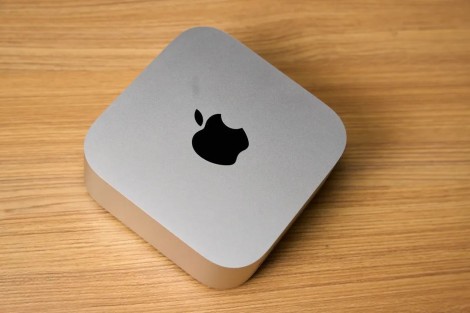
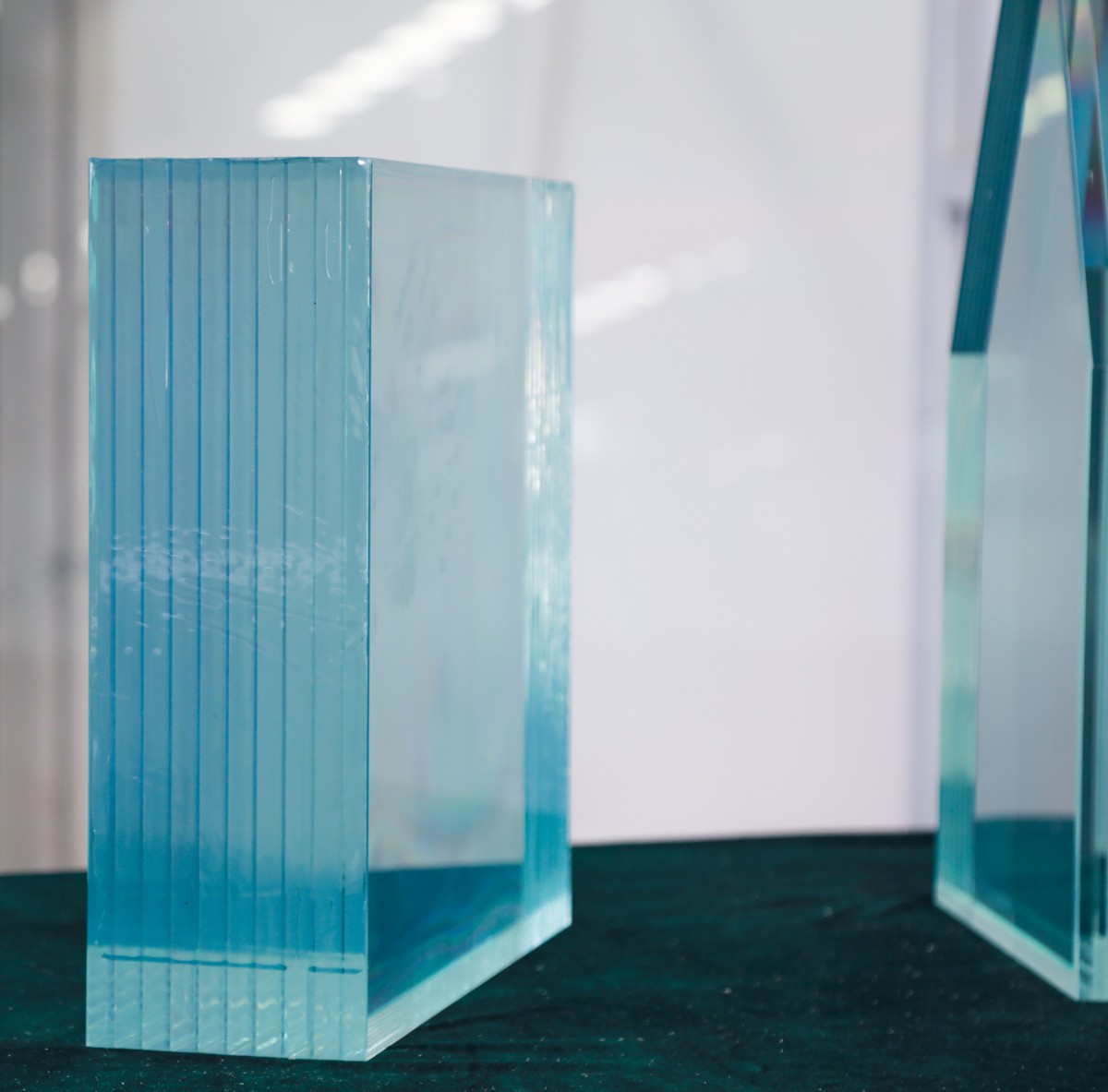
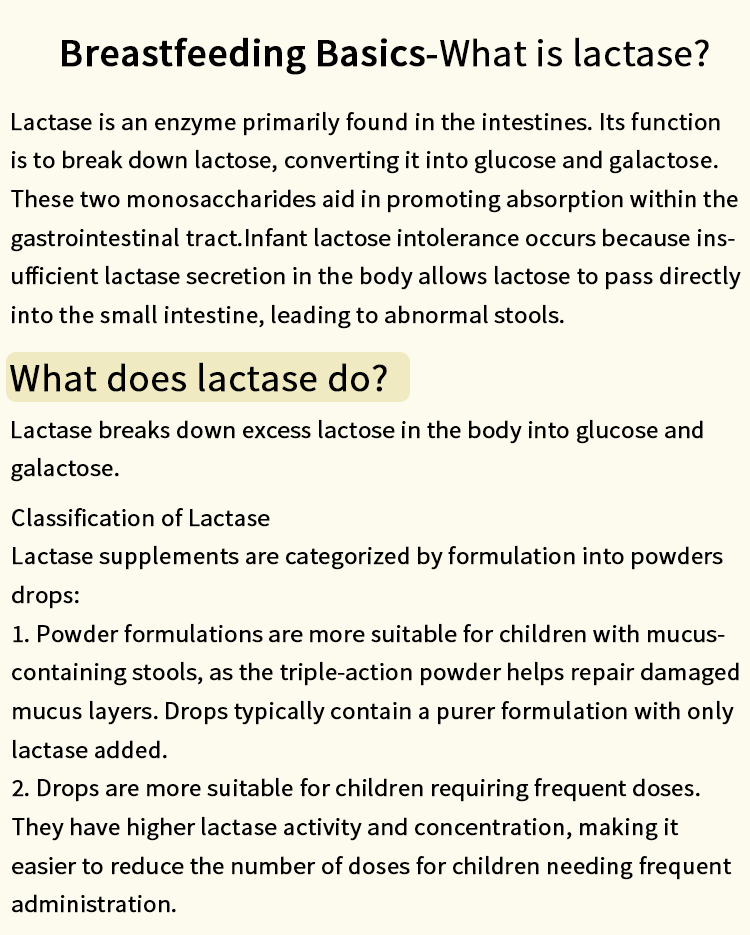
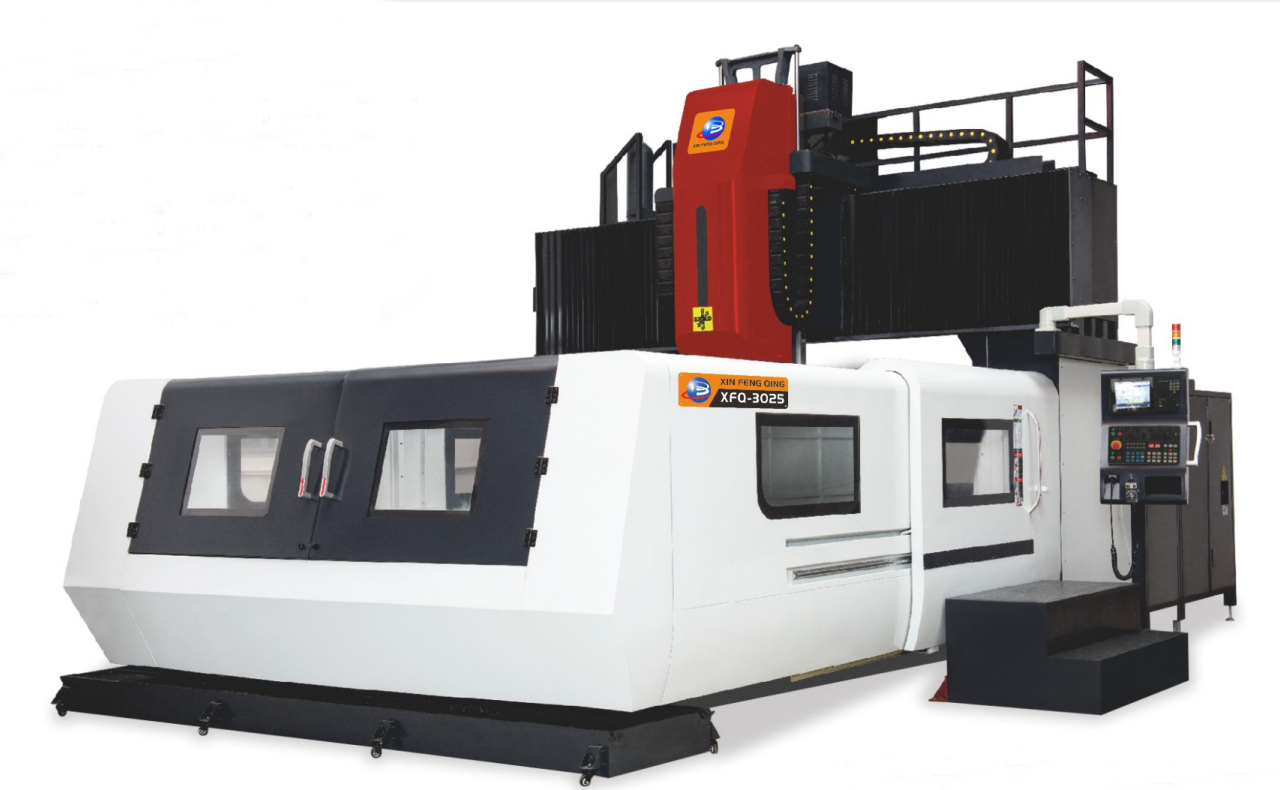
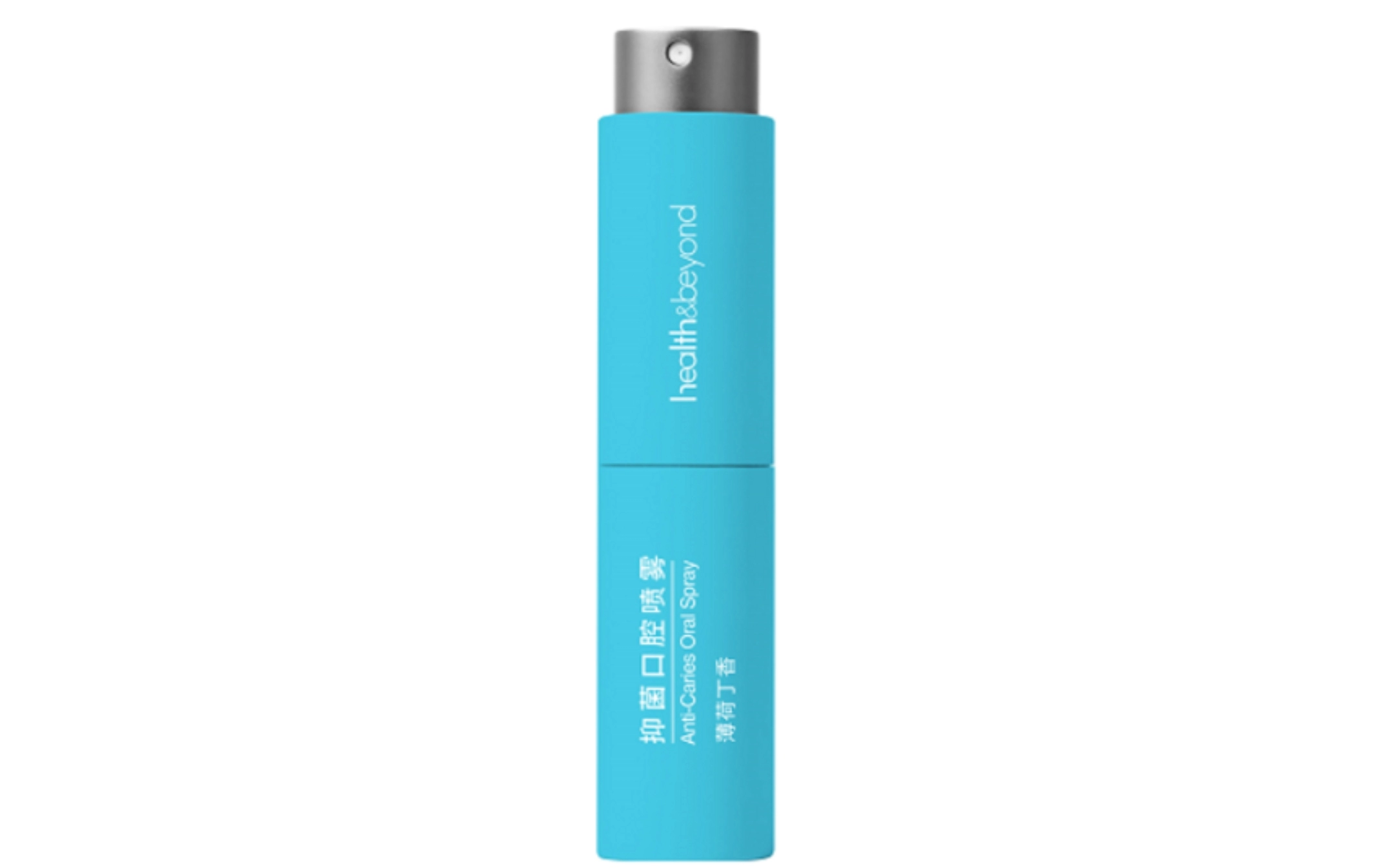
+ There are no comments
Add yours